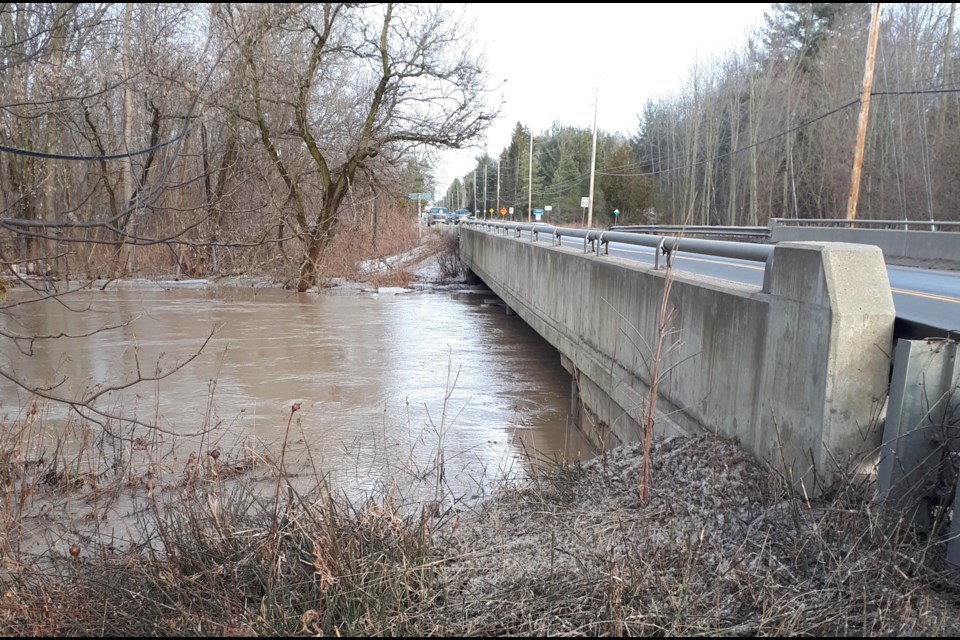The Nottawasaga watershed is one of the fastest-growing regions in Ontario.
When developing a new area, there are many factors developers, municipalities and other entities must consider, including basic amenities such as water, sewage, hydro, and internet access.
Other considerations include whether new developments and communities are safe and resilient to the threat of climate change and if they affect environmentally sensitive areas.
According to the Ontario Provincial Climate Change Impact Assessment technical report, the biggest climate change-related threats to development are precipitation and wildfires. Both hazards have the potential to damage buildings and shorten the service life of infrastructure such as bridges and roads.
In the past two years alone, several areas in North America have experienced historic precipitation, resulting in damaging floods.
In July 2023, Nova Scotia experienced record rainfall, causing approximately $170 million in damage to homes, roads and bridges, and four lives being lost.
While flooding is a regular occurrence in isolated parts of Manitoba, the province experienced widespread flooding in 2022.
This year, Boston experienced the second-wettest summer in recorded history, and many parts of Massachusetts experienced flooding. Residents were asked to avoid contact with rivers and beaches as untreated sewage was released with stormwater.
Back here at home, Adjala-Tosoronto, Mono, New Tecumseth and Shelburne experienced significant flooding in June 2017. Crops were badly damaged, causing lost profits for farmers around the area. The emergency spillway at the Tottenham Dam also suffered excessive damage and has since been repaired. A number of roads were closed for a short period of time. Although the water was just three to six inches deep, the water took about a week to drain from the fields.
In Ontario, conservation authorities are responsible for protecting lives and properties from flood and erosion. In the Nottawasaga watershed, this starts with ensuring development is not built in floodplains and other spaces that are prone to flooding and erosion. These areas include rivers, streams and wetlands.
During the building process, it is important to take certain precautions to ensure floodplains, slopes and wetlands are not affected. The Nottawasaga Valley Conservation Authority works with land developers to ensure these precautions are implemented, and that new development does not create flooding and erosion effects on our communities.
In our September Village Media column, we mentioned the important role wetlands play in flood reduction and providing important wildlife habitat. This is also true for natural areas beside rivers and streams.
Wetlands are crucial habitat features for wildlife, providing a unique environment where various plant and animal species thrive. The sheltered water and abundant plant life offer ideal conditions for fish and amphibians to lay their eggs and for young animals to grow. Wetlands are also critical stopover points for migratory birds, offering them a place to rest and refuel during long journeys.
Visit the Nottawasaga Valley Conservation Authority website to learn more about the health of the wetlands, rivers, forests and groundwater in your area. Contact us for more information to find out more about floodplains, wetlands and habitats.
Ben Krul is the manager of development planning and permits with the Nottawasaga Valley Conservation Authority.



